Use these flashcards when learning about numbers and words.
Print, cut and laminate these flashcards.
You may also like these teaching resources:
Updated: 04 Oct 2023
Use these flashcards when learning about numbers and words.
Non-Editable: PDF
Pages: 100 Pages
Grades: K - 1
Tag #TeachStarter on Instagram for a chance to be featured!
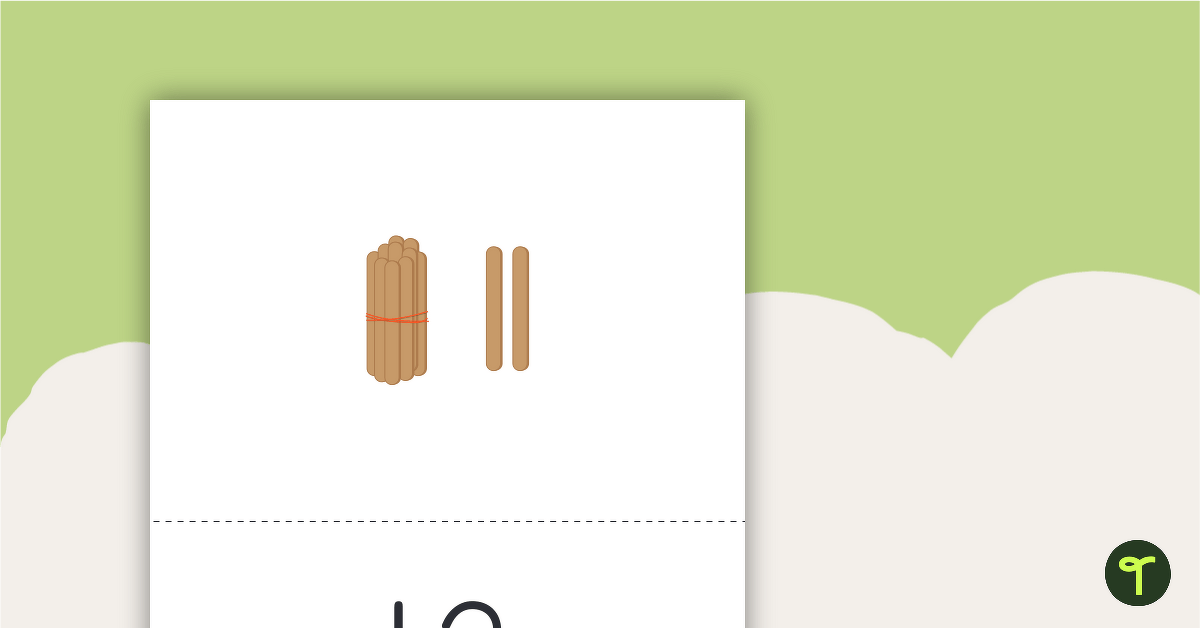
Use these flashcards when learning about numbers and words.
Print, cut and laminate these flashcards.
You may also like these teaching resources:

We create premium quality, downloadable teaching resources for primary/elementary school teachers that make classrooms buzz!
Would you like something changed or customised on this resource? While our team makes every effort to complete change suggestions, we can't guarantee that every change will be completed.
Did you spot an error on this resource? Please let us know and we will fix it shortly.
Are you having trouble downloading or viewing this resource? Please try the following steps:
If you are still having difficulty, please visit the Teach Starter Help Desk or contact us .
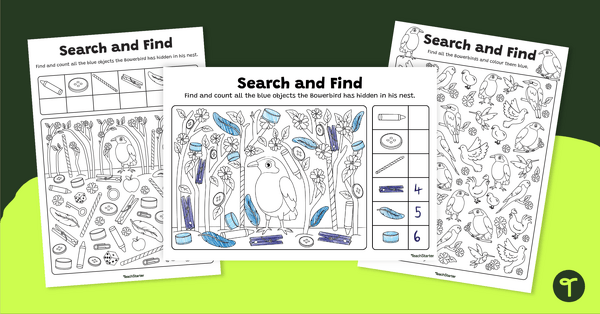
Explore images of bowerbirds and search, find and count objects that bowerbirds collect or bowerbirds themselves.
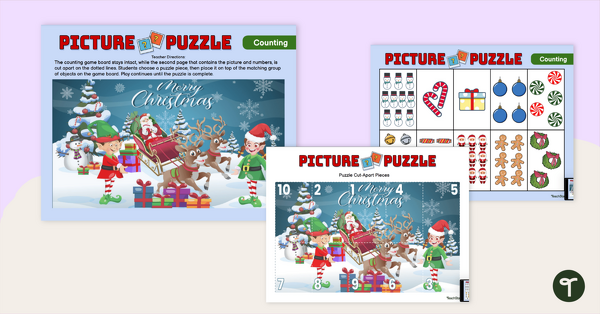
Count groups up to 10 with a printable Christmas math puzzle.
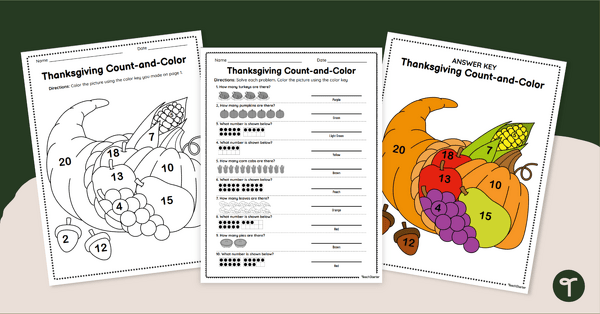
Count sets of objects up to ten with a printable Thanksgiving Color by Number Worksheet for Kindergarten.

Count, write, and match numbers and objects with printable Halloween counting worksheets.

Print the perfect math activity for Fire Prevention Week with a printable firefighter hundreds chart color-by-number worksheet.
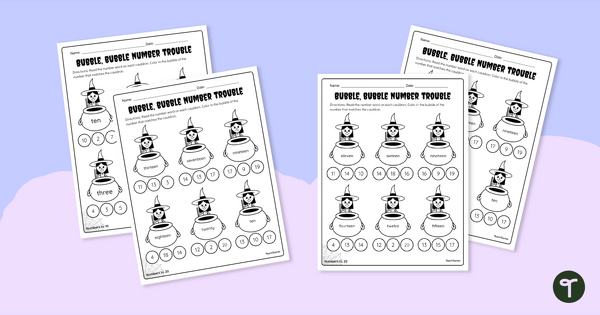
Match numbers and number words with a pack of Halloween printable math worksheets for kindergarten.
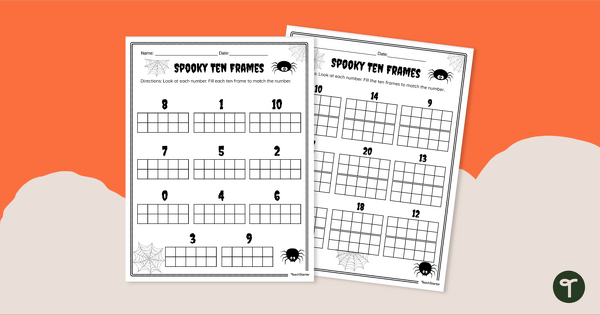
Model numbers to twenty using ten frames with a spooky Halloween math worksheet for kindergarten.
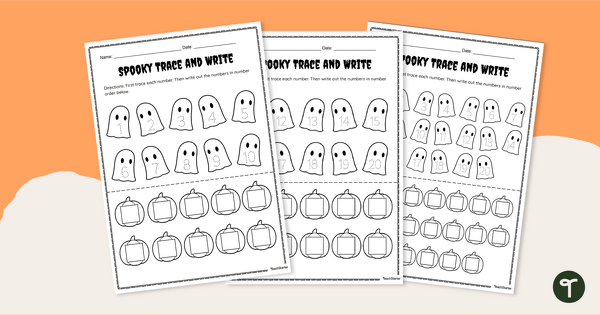
Trace and write numbers to twenty with a set of spooky Halloween tracing numbers worksheets.
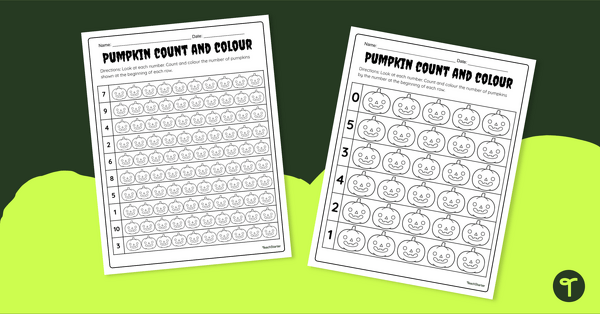
Use these Halloween math worksheets to practice counting sets of objects up to ten.
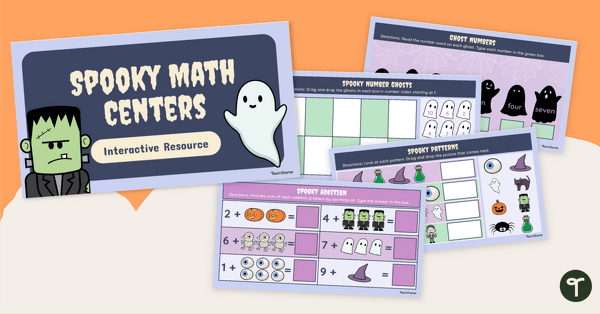
Save time writing your October Math Lesson plans with a Digital Halloween math activity for kindergarten.
0 Comments
Write a review to help other teachers and parents like yourself. If you'd like to request a change to this resource, or report an error, select the corresponding tab above.